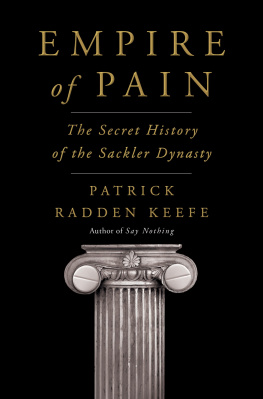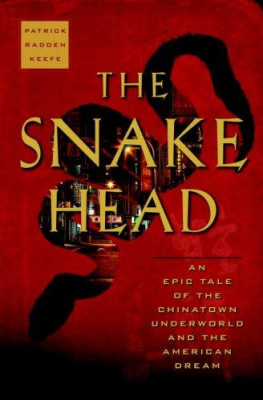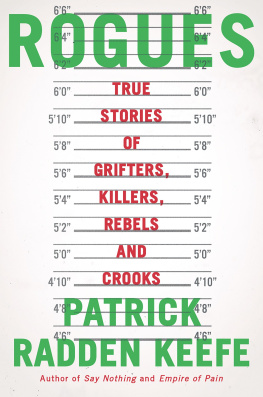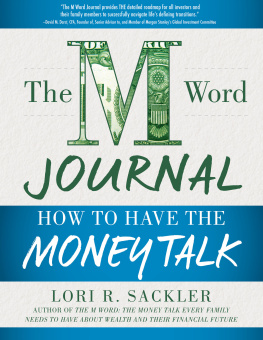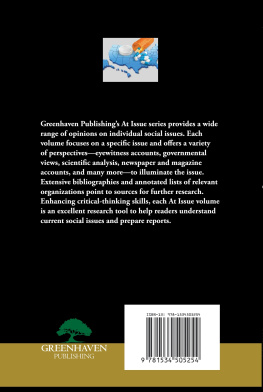All rights reserved. Published in the United States by Doubleday, a division of Penguin Random House LLC, New York.
doubleday and the portrayal of an anchor with a dolphin are registered trademarks of Penguin Random House LLC.
G. K. Chesterton (1909)
Prologue
THE TAPROOT
the new york headquarters of the international law firm Debevoise & Plimpton occupy ten floors of a sleek black office tower that stands in a grove of skyscrapers in midtown Manhattan. Founded in 1931 by a pair of blue-blooded attorneys who defected from a venerable Wall Street firm, Debevoise became venerable itself, expanding, over the decades, into a global juggernaut with eight hundred lawyers, a roster of blue-chip clients, and nearly $1 billion in annual revenue. The midtown offices bear no trace of the oak-and-leather origins of the firm. Instead, they are decorated in the banal tones of any contemporary corporate office, with carpeted hallways, fishbowl conference rooms, and standing desks. In the twentieth century, power announced itself. In the twenty-first, the surest way to spot real power is by its understatement.
One bright, cold morning in the spring of 2019, as reflected clouds slid across the black glass of the facade, Mary Jo White entered the building, ascended in an elevator to the Debevoise offices, and took up position in a conference room that was buzzing with subdued energy. At seventy-one years old, White epitomized, in her very physicality, the principle of power as understatement. She was tinybarely five feet tall, with close-cropped brown hair and wizened eyesand her manner of speech was blunt and unpretentious. But she was a fearsome litigator. White sometimes joked that her specialty was the big mess business: she wasnt cheap, but if you found yourself in a lot of trouble, and you happened to have a lot of money, she was the lawyer you called.
Earlier in her career, White had spent nearly a decade as the U.S. Attorney for the Southern District of New York, where she prosecuted the perpetrators of the 1993 World Trade Center bombing. Barack Obama appointed her chair of the Securities and Exchange Commission. But between these stints in government, she always returned to Debevoise. She had joined the firm as a young associate, becoming the second woman ever to make partner. She represented the big dogs: Verizon, JP Morgan, General Electric, the NFL.
The conference room was teeming with lawyers, not just from Debevoise but from other firms, too, more than twenty of them, with notebooks and laptops and mammoth three-ring binders bristling with Post-it notes. There was a speakerphone on the table, and another twenty lawyers from across the country had dialed in. The occasion for which this small army of attorneys had assembled was the deposition of a reclusive billionaire, a longtime client of Mary Jo Whites who was now at the center of a blizzard of lawsuits alleging that the accumulation of those billions had led to the deaths of hundreds of thousands of people.
White once observed that when she was a prosecutor, her job was simple: Do the right thing. Youre going after bad guys. Youre doing something good for society every day. These days, her situation was more complicated. High-end corporate attorneys like White are skilled professionals who enjoy a certain social respectability, but at the end of the day its a client-driven business. This is a familiar dynamic for a lot of prosecutors with a mortgage and tuitions to think about. You spend the first half of your career going after the bad guys and then the second half representing them.
The lawyer who would be posing the questions that morning was a man in his late sixties named Paul Hanly. He did not look like the other attorneys. Hanly was a class-action plaintiffs lawyer. He favored custom-made suits in bold colors and tailored shirts with stiff, contrasting collars. His steel-gray hair was slicked straight back, his piercing eyes accentuated by horn-rimmed glasses. If White was a master of muted power, Hanly was the opposite: he looked like a lawyer in a Dick Tracy cartoon. But he had a competitive edge to match Whites and a visceral contempt for the veneer of propriety that people like White brought to this sort of undertaking. Lets not kid ourselves, Hanly thought. In his view, Whites clients were arrogant assholes.
The billionaire being deposed that morning was a woman in her early seventies, a medical doctor, though she had never actually practiced medicine. She had blond hair and a broad face, with a high forehead and wide-set eyes. Her manner was gruff. Her lawyers had fought to prevent this deposition, and she did not want to be there. She projected the casual impatience, one of the lawyers in attendance thought, of someone who never waits in line to board an airplane.
You are Kathe Sackler? Hanly asked.
I am, she replied.
Kathe was a member of the Sackler family, a prominent New York philanthropic dynasty. A few years earlier, Forbes magazine had listed the Sacklers as one of the twenty wealthiest families in the United States, with an estimated fortune of some $14 billion, edging out storied families like the Busches, Mellons and Rockefellers. The Sackler name adorned art museums, universities, and medical facilities around the world. From the conference room, Kathe could have walked twenty blocks downtown, to the Sackler Institute of Graduate Biomedical Sciences, at NYU Medical School, or ten blocks uptown to the Sackler Center for Biomedicine and Nutrition Research, at Rockefeller University, then farther uptown to the Sackler Center for Arts Education at the Guggenheim Museum, and along Fifth Avenue to the Sackler Wing at the Metropolitan Museum of Art.

